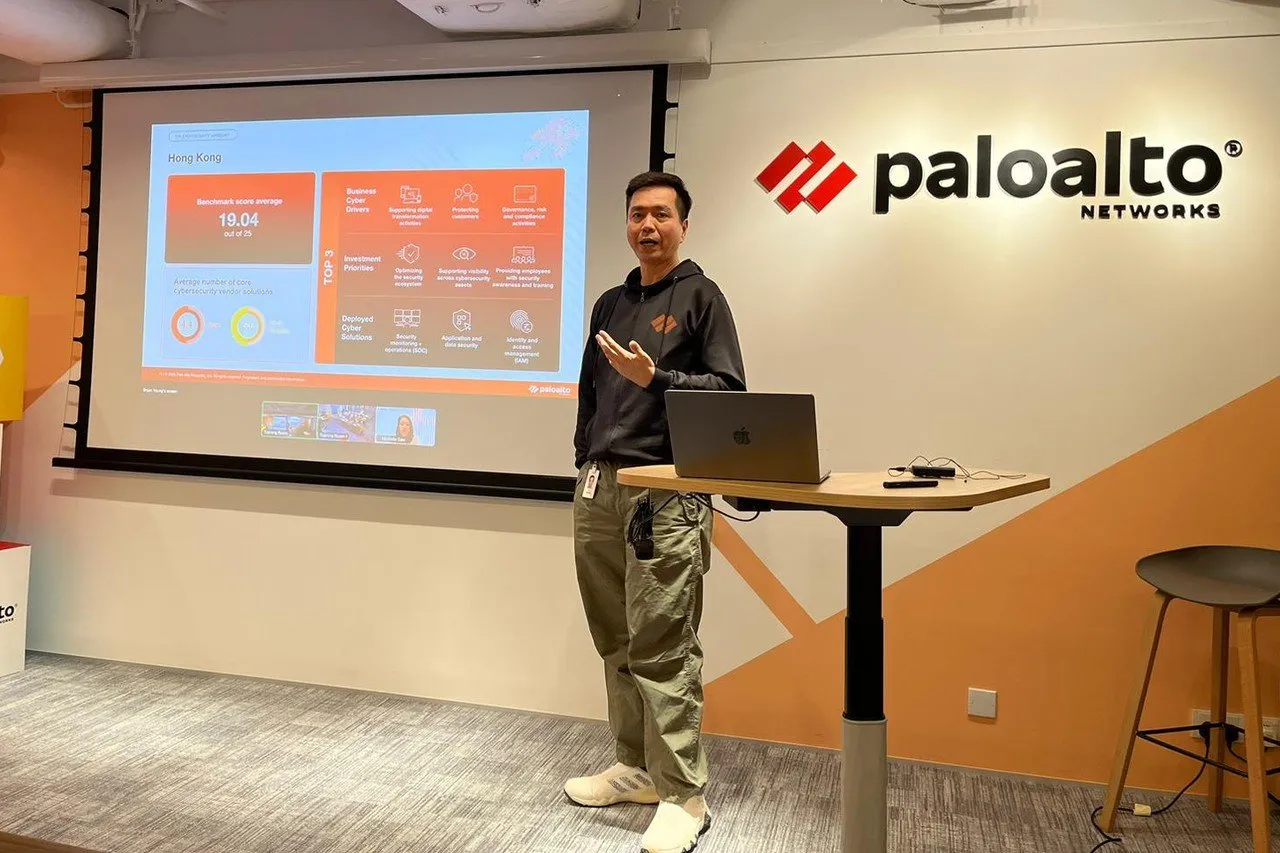
The Union of the Comoros, an archipelago in the Indian Ocean, has historically faced significant challenges in providing widespread and reliable internet access. The country’s insular geography, limited infrastructure, and relatively small population—estimated at around 870,000 in 2023—have contributed to a digital divide both within the islands and compared to mainland Africa (World Bank).
As of 2023, internet penetration in Comoros remains among the lowest in the region. According to the Digital 2023: Comoros report, only about 8.5% of the population had access to the internet, a figure that lags behind the African average of 43%. The majority of users are concentrated in urban centers such as Moroni, while rural and remote islands experience limited or no connectivity.
Historically, Comoros relied on a single state-owned operator, Comores Telecom, which provided basic fixed-line and mobile services. The lack of competition and investment led to high prices and slow speeds. In 2016, the country took a significant step by connecting to the EASSy submarine cable, which improved international bandwidth and reduced latency. However, the benefits have been slow to reach the broader population due to last-mile connectivity issues and limited terrestrial infrastructure.
To bridge these gaps, Comoros is increasingly turning to satellite internet solutions. In 2023, the government announced partnerships with global satellite providers, including Starlink, to expand coverage to underserved areas. These initiatives aim to provide high-speed, low-latency internet to remote islands and rural communities, bypassing the need for extensive ground infrastructure. Early pilot programs have shown promise, with schools and health centers in isolated regions gaining reliable internet access for the first time (Comoros Infos).
